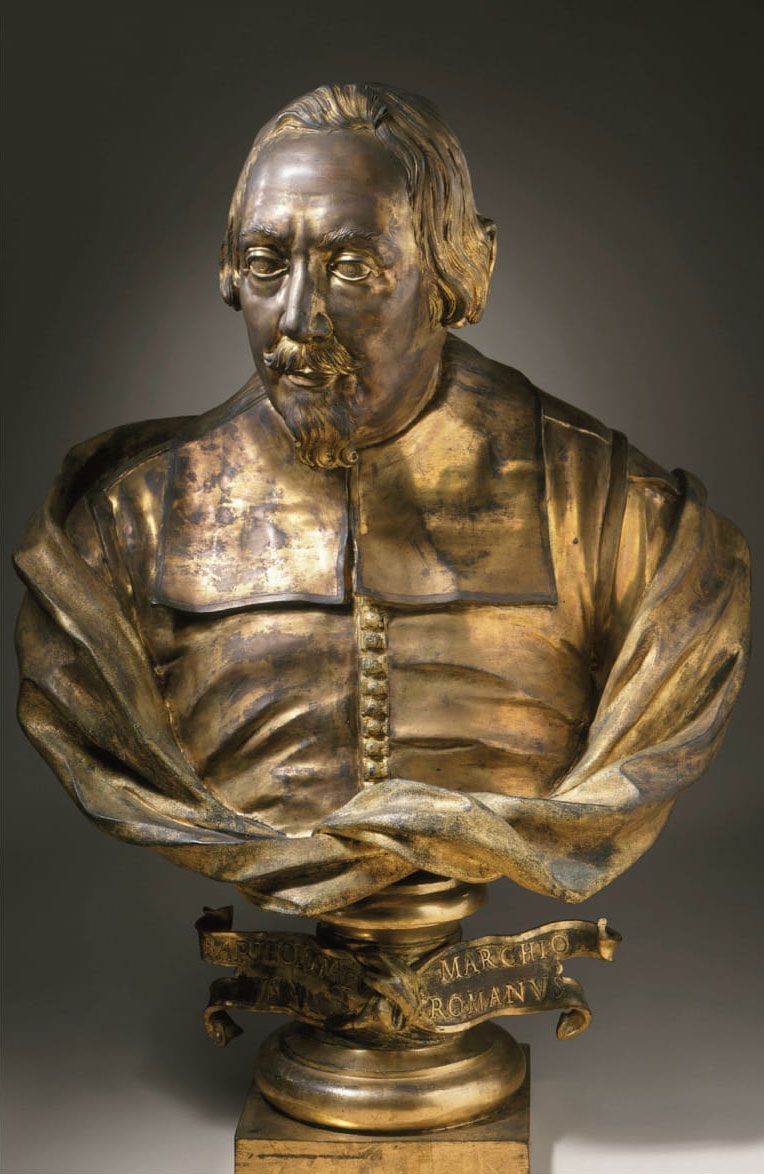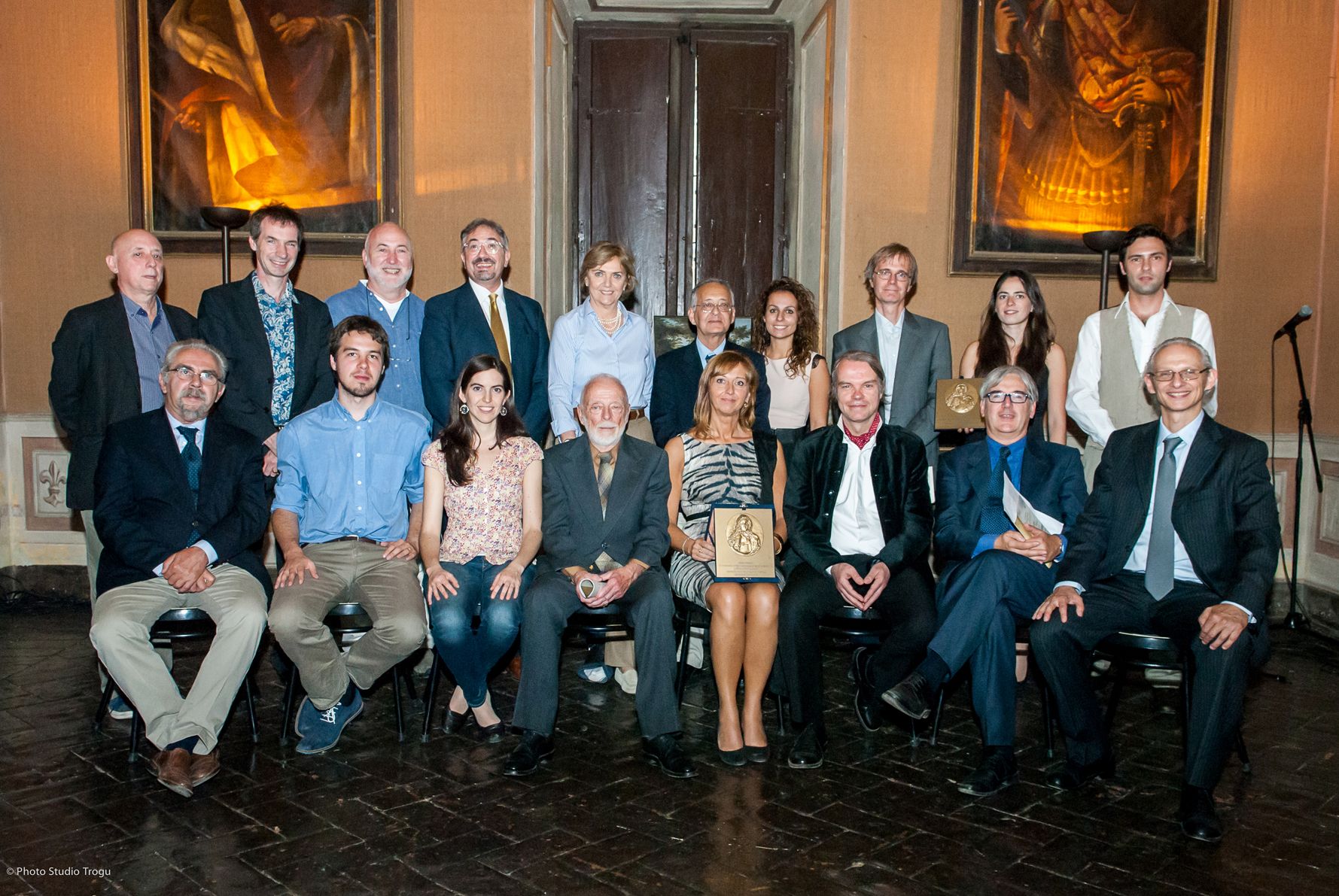
Presentation of the volume “I Ruspoli”: The Art of a Family in Rome
The Accademia Nazionale di San Luca, as part of the series #l’Accademia non si ferma. “Manteniamo e custodiamo le parole” conceived and curated by Francesco Moschini, is pleased to present the volume “I Ruspoli. L’ascesa di una famiglia a Roma e la creazione artistica tra Barocco e Neoclassico” by Maria Celeste Cola (De Luca Editori D’Arte, 2018). Introduced and coordinated by Francesco Moschini, General Secretary of the Accademia Nazionale di San Luca, speakers will include Elisa Debenedetti (Sapienza, Università di Roma), Giorgio Monari (Sapienza, Università di Roma), Caterina Volpi (Sapienza, Università di Roma), Francesco Solinas (Collège de France) and the author.
Presentation of the volume
The volume reconstructs the history of one of Italy’s most prestigious families, tracing its rise and artistic patronage from its arrival in Rome in the terrible year of the Sack (1527) until the mid-nineteenth century. Based on extensive documentary research conducted in the Ruspoli-Marescotti archive and in archives and libraries in Florence, Siena, and London, the book recounts the fascinating history of the family through the privileged lens of their art collections and patronage in the visual arts and music. This patronage and a commitment to the arts characterized the Eccellentissima Casa’s dizzying social and political rise and fueled the flourishing of Baroque culture and the spread of Roman taste throughout Europe.
In the background, the book explores relationships with representatives of the ancient Capitoline aristocracy and with the Curia’s leadership, the family’s ascent during the reign of Paul V Borghese (r. 1605–1621), favored relations with Clement XI (r. 1700–1721) and the Albani family, friendship with Benedict XIII Orsini (r. 1724–1730), and the privileged relationship with the Viennese court that fostered the family’s international recognition at the end of the eighteenth century. The surprising biographies and personal stories that emerged from the correspondence and archival documents made it possible to weave together the family’s history, as well as those of the artists, architects, painters, and sculptors chosen, favored, and patronized by the Ruspoli family between the sixteenth and eighteenth centuries.
A central and preeminent figure was Prince Francesco Maria (1679–1731), who took the reins of the household in 1704. It was around his extraordinary personality that the Ruspoli family acquired a clear and defined cultural identity and a central role in the politics of the long reign of Pope Clement XI Albani (r. 1700–1721). On a social level, this corresponded to an unprecedented commitment to patronage developed in multiple fields and following the most modern orientations of music, theater, and art collecting, with a competence updated to the novelties of the Roman cultural climate and the “Clementine style” promoted by the reigning pope. In vogue in Rome and the territories of the Papal States, this coherent body of artistic production encouraged by the pontiff during his twenty-year reign was adopted, supported, and animated by Francesco Maria in all the works he commissioned, confirming his unconditional support for Clement XI’s policies. In thanks for this help and solidarity, the pope elevated him to the rank of first Prince of Cerveteri in 1709.



